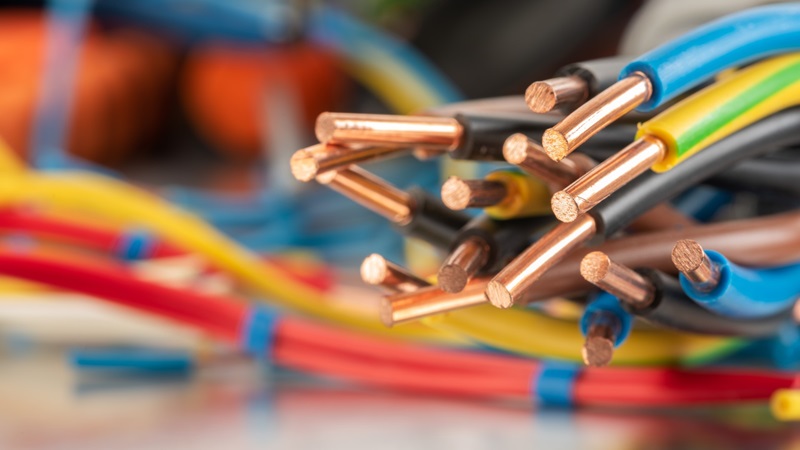
RAID Formatting Can Improve Server Performance
When it comes to computer memory, redundancy is a good thing. The more places that you have your data backed up to, the better off you will be if something happens to your hard drive. RAID is a common hard drive formatting procedure that improves server performance and protects your data in the event of a crash.
RAID stands for Redundant Array of Independent Disks. RAID formatting effectively stores your data in different places on multiple hard drives. In every other avenue of life, this type of redundancy would be inconvenient and complicate things (think of how cool-yet-cluttered your life would be with an extra copy of every possession), but with data, having extra copies spread out over multiple drives will actually improve performance.
The way RAID works is by having the multiple disks on the different hard drives move in sync with each other. The operating system will then look at all the disks moving in sync and see it as one hard drive. With the data redundantly stored on different drives, the server will access the nearest sector of data and be able to find what it needs faster.
Getting your different hard drive disks to sync with each other requires a process called disk striping. Disk striping ensures that the copied data that is spread out across multiple hard drives is done so consistently. The disk striping process will take your data and spread it out evenly across different hard drives in the form of stripes. The size of the stripes will be dependent on the size of files and how many users access the RAID array.
RAID arrays can be categorized into ten major different types. Each type of RAID array is formatted to improve either a hard drives reliability or performance. RAID arrays are numbered 0-through-9, with each array falling somewhere in between the performance/reliability scale.
RAID-0 is an example of a RAID array where the different drives have striping without redundant data backup. Formatting hard drives with a RAID-0 array will dramatically boost hard drive performance, but it will leave you out in the cold if you experience a hard drive crash. The RAID-0 array is not recommended unless you have a reliable backup solution in place, like a BDR from PACE Technical Services.
RAID-1 is a popular RAID array where the two drives mirror each other with the data written identically on each hard drive. These two hard drives are commonly referred to as a "mirrored set." The advantage of RAID-1 is that it improves the speed at which your computer reads data, since either disk can be read at the same time. The disadvantage of RAID-1 is the speed at which your data is stored on your hard drive (write performance), remains the same as a non-RAID hard drive.
If you want to implement a RAID array for your server's hard drive and increase the performance and improve reliability, then call PACE Technical Services at 905.763.7896. We will take in consideration the computing needs of your organization and suggest which RAID configuration will be best for your company. You can even do more exciting things with RAID formatting when you add even more hard drives! Call PACE Technical Services to learn more.






